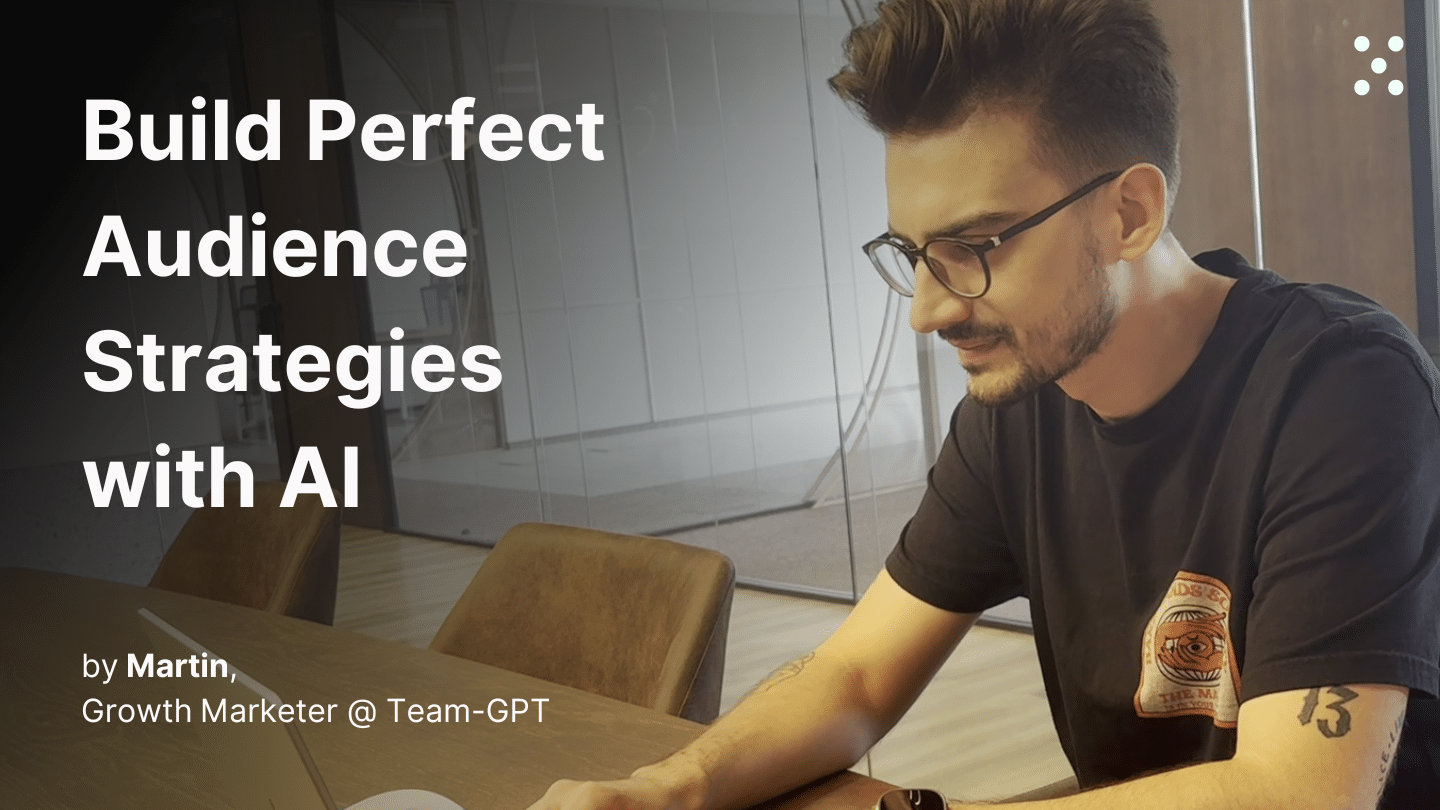Create a Mobile App Marketing Strategy
Build complete marketing strategies with user personas, brand voice guidelines, and app store copy in minutes.
Step 1. Set up your Team-GPT Project knowledge
Navigate to your Project in Team-GPT (this could be for your company, a specific campaign, or a client you're working with). Click the "Project knowledge" button to open the sidekick.
Add your essential context:
- Brand guidelines (core identity, voice, tone, visual assets)
- Target audience information and demographics
- App functionality and distinctive features
- Previous brainstorms and meeting summaries
- Competitor research and market analysis
- Any Google Drive docs or web pages related to your app
This context gets referenced automatically in every chat within the project, so you only need to set it up once.
The more comprehensive your context, the better your AI-generated campaigns will be – the AI takes into account all the information you include and gives you much better responses.
Step 2. Prep your prompt and instructions
Team-GPT lets you pin important documents so they're always available in every chat. For this workflow, pin your mobile app marketing best practices document.
Click "Add to project knowledge" and upload your research document on mobile app marketing strategies. Then click the pin icon to make it available across all chats.
This ensures every marketing strategy you generate follows proven best practices and industry standards.
Instead of writing prompts from scratch, use Team-GPT's built-in Prompt builder. Click the "Tools" button in the left sidebar to access it. Describe your task in simple words. For example: "I need to create a complete mobile app marketing strategy."
The Prompt builder will ask follow-up questions to gather more context. After that, the tool will generate the perfect prompt.
Save your prompt to the Prompt library and share it with your team for future use. You can find the Prompt library in the sidekick menu or when you type "/" in the chat input field.
Pro tip: Use Team-GPT's instruction enhancer to make your agent guidelines comprehensive and thorough, ensuring every recommendation aligns with your brand and campaign goals.
Optional. Ask what data you need
Before uploading your campaign data, you can simply ask: "What information should I provide?" Very useful when you aren't the one who setup the project, or just want to refresh your memory.
The AI will tell you exactly what data it needs for optimal analysis. This ensures you gather the right metrics before running your analysis.
Step 3. Provide your brand information
Run your agent and provide your brand details. Share information about:
- Core brand identity and values
- App functionality and key features
- Target audience and market category
- Unique selling points
- Any specific requirements or constraints
The AI will analyze your input and may ask follow-up questions to ensure it generates the most accurate strategy for your needs.
Step 4. Generate and refine your strategy
The AI will create a comprehensive marketing strategy that includes demographics, user personas, brand voice guidelines, app store copy, and marketing recommendations.
Review the output and ask for adjustments if needed. Say things like "Make the user personas more detailed" or "Add more focus on organic growth strategies."
Your team members can jump into the same chat to add ideas, refine messaging, or adjust the strategy based on new priorities.
Step 5. Convert to an editable Page
Hover over any AI response and click "Turn to Page" at the bottom. This creates an editable document where you can manually adjust specific sections while keeping the rest of the AI-generated content intact.
Use the drag-and-drop interface to reorganize sections, apply formatting, or use AI tools on individual paragraphs (like "make this more technical" or "simplify this language").
Tips for better results
- Add your competitor research: Upload competitor app store listings and marketing materials to your Project knowledge. The AI will identify gaps and opportunities in your positioning
- Include user feedback: Add reviews, beta tester comments, or customer interview notes to create more accurate user personas
- Specify your launch phase: Tell the AI whether you're pre-launch, launching, or optimizing an existing app to get phase-appropriate strategies
- Test different positioning angles: Ask the AI to generate multiple versions with different value propositions to see which resonates best
- Update regularly: As you gather real user data and performance metrics, add them to your project knowledge and regenerate strategies to stay relevant

.webp)
.png)
.webp)

.webp)